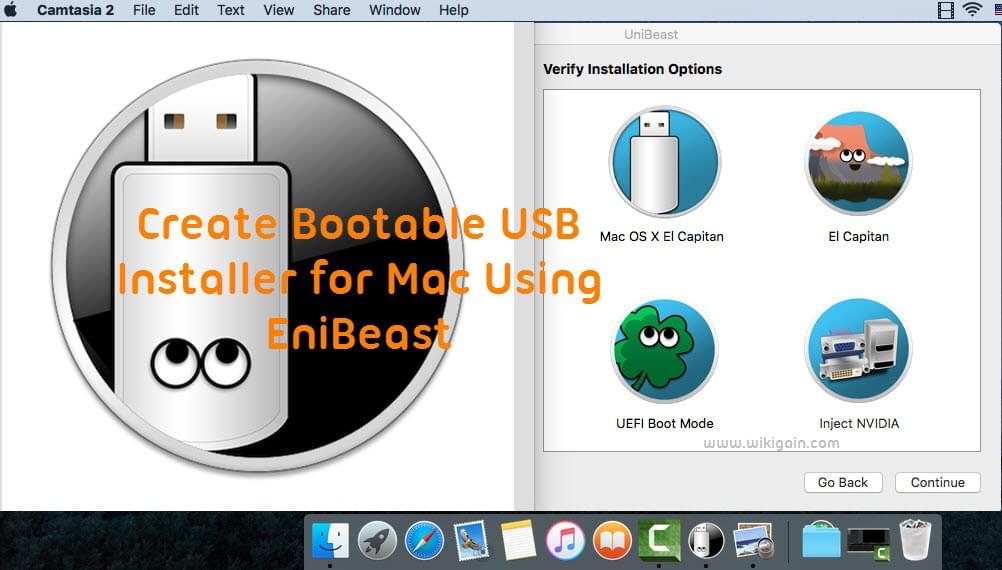
Creating A Recovery Usb For Mac
creating recovery drive, creating recovery drive taking forever, creating recovery drive stuck, creating recovery partition windows 10, creating recovery partition, creating recovery drive failed, creating recovery disk for windows 10 hp, creating recovery point windows 10, creating recovery disk, creating recovery drive slow
The USB recovery drive will help you to recover the data from your crashed or non-booting macOS.. Backup helps to restore all the data back to Mac’s internal storage drive, containing the new macOS.. Keep the installer drive on a safe place so that you can use it as an external recovery drive when your Mac gets into trouble.. This blog will guide you through an easy process of creating a bootable macOS Mojave USB install drive or a recovery USB drive using Stellar Data Recovery for Mac software.. Locate the installer from the Applications folder (copy it to the desktop if you desire). 1
creating recovery drive
Creating a Bootable USB Using Terminal Create a Bootable drive with the help a third party compression software, which is available for free.. Data Recovery on macOS: Why We Need It HereWhile performing macOS upgrade or fresh installation, you must back up data to an external storage medium.. Note: Erase the flash drive to HFS (Mac OS Extended (Journaled)) but not APFS Usage of USB Install DriveBackup the entire drive before performing a clean install on your Mac machine.. Type the administrator password when prompted The Terminal creates the installer drive on the opted USB flash drive.. Installer TipsWhen Apple releases newer Mojave versions, re-download the new installer and recreate installer drive to keep it up to date. Click
creating recovery drive taking forever
Mac Create Recovery UsbMac Os Recovery UsbCreate Mac Os Recovery UsbMac Recovery Usb From WindowsCreate A Recovery Usb For MacHere are the methods to create a bootable USB drive on Mac. 3
creating recovery partition windows 10
Connect the USB flash drive with at least 8 Gigabytes storage space to your Mac Open Terminal and enter the next command: sudo (drag and drop the installer from application folder to locate its path) volume (drag and drop the USB flash drive from the Mac volumes to specify its path) nointeraction downloadassetsWarning: The command erases the flash drive so check there are no stored files; backup the files, if they exist, before executing the sudo command.. Alternatively, hold the option key and reboot the Mac then use the arrow key to select the USB flash drive as an installer.. The macOS installer file is large with approximate size of 6 to 10GB depending upon the. e10c415e6f https://padtorstanpark.amebaownd.com/posts/16541810
creating recovery drive stuck
Connect the USB install medium For T2 security chip supported by 2018 MacBook Pros and iMac Pros, you need to allow booting from external media from Startup Security Utility.. Download macOS Mojave 10 14 from App Store When the download completes, quit the installer, as it will launch itself automatically.. Summary: Are you dealing with a crashed Mac or unable to boot your Mac machine? Before you think of reinstalling macOS or doing a hardware fix, ensure that youve rescued your data from the device.. Creating a Bootable USB Using Terminal: The terminal is the default gateway to the command line on a Mac.. Allow the computer to boot from the USB flash drive Deploy the macOS Mojave software. Click